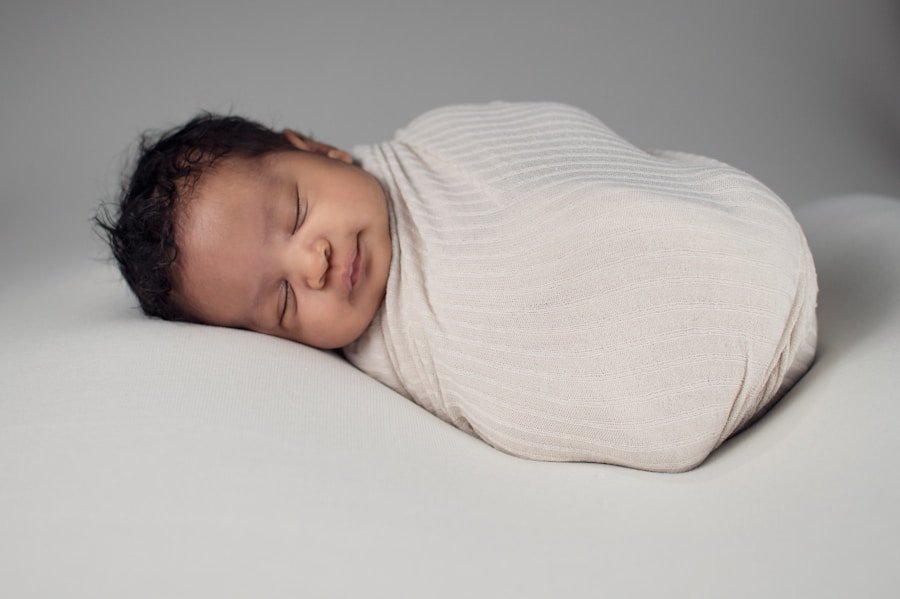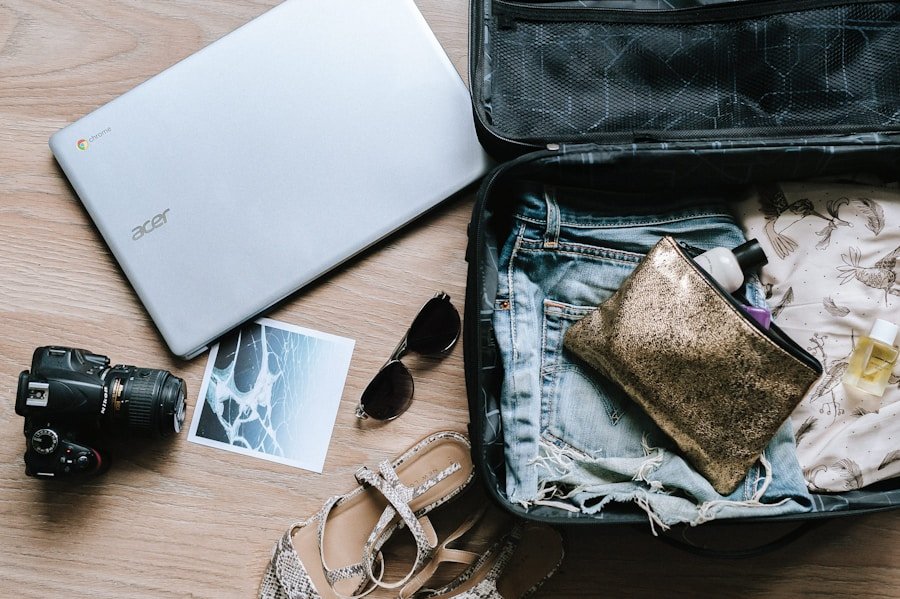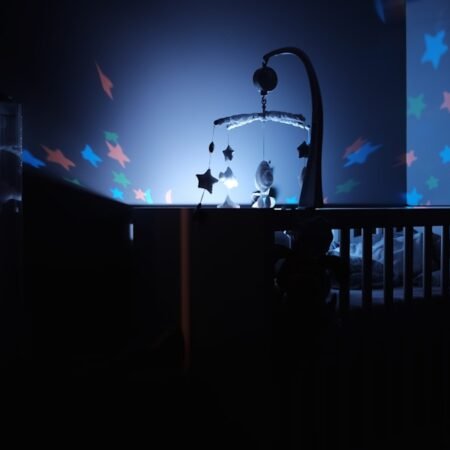When it comes to choosing the perfect bedside bassinet for your baby, there are a few key factors to consider. First and foremost, safety should be your top priority. Look for a bassinet that meets all safety standards and regulations, with a sturdy frame and breathable mesh sides. You’ll also want to consider the size and weight of the bassinet, as well as any additional features such as adjustable height or built-in soothing sounds. Another important factor to consider is the ease of assembly and portability, especially if you plan on moving the bassinet from room to room. Finally, consider the aesthetic appeal of the bassinet and how it will fit in with the decor of your bedroom.
Once you’ve narrowed down your options, it’s a good idea to read reviews and get recommendations from other parents to help make your decision. Keep in mind that every baby is different, so what works for one may not work for another. Ultimately, the best bedside bassinet for your baby is one that meets all safety standards, fits comfortably in your bedroom, and provides a soothing and secure environment for your little one to sleep.
Key Takeaways
- Choose a bedside bassinet that meets safety standards and fits your specific needs and preferences
- Set up the bedside bassinet close to your bed for easy access during the night
- Follow safety guidelines such as using a firm mattress and keeping the bassinet free of loose bedding and toys
- Create a calming sleep environment by using white noise and dim lighting
- Using a bedside bassinet can promote bonding with your baby and make nighttime feedings and comforting easier
Setting Up the Bedside Bassinet
Setting up a bedside bassinet is a relatively simple process, but it’s important to follow the manufacturer’s instructions carefully to ensure that it is assembled correctly and safely. Start by laying out all of the pieces and familiarizing yourself with the instructions. Most bassinets will require some basic tools for assembly, such as a screwdriver or Allen wrench. Once you have everything you need, begin by assembling the frame of the bassinet according to the instructions provided. This may involve attaching the legs, securing the base, and adding any additional features such as a canopy or mobile.
Next, you’ll want to attach the fabric or mesh sides of the bassinet, making sure that they are securely fastened and free from any tears or damage. Once the bassinet is fully assembled, take some time to adjust any height settings or other features to ensure that it is at the perfect level for your bed. Finally, add any bedding or mattress that is recommended for use with your specific bassinet, making sure that it fits snugly and securely. Once everything is in place, take a moment to inspect the bassinet for any potential hazards or safety concerns before placing your baby inside.
Safety Tips for Using a Bedside Bassinet
While bedside bassinets can provide a convenient and comforting sleep environment for your baby, it’s important to always prioritize safety. To ensure that your baby is safe while using a bedside bassinet, there are a few key tips to keep in mind. First and foremost, always follow the manufacturer’s instructions for assembly and use, and never modify or alter the bassinet in any way. It’s also important to regularly inspect the bassinet for any signs of wear or damage, and discontinue use if any issues are found.
When placing your baby in the bassinet, be sure to follow safe sleep guidelines by laying them on their back on a firm mattress with no loose bedding or soft objects. Additionally, make sure that the bassinet is placed away from any potential hazards such as cords, curtains, or other furniture. Finally, always supervise your baby while they are in the bassinet, especially if they are able to roll or move around. By following these safety tips, you can ensure that your baby has a safe and secure sleep environment in their bedside bassinet.
Creating a Calming Atmosphere for Sleep
| Factors | Recommendations |
|---|---|
| Bedside Bassinet Placement | Place the bassinet close to your bed for easy access during the night. |
| Room Temperature | Keep the room temperature between 68-72°F (20-22°C) for optimal sleep. |
| Lighting | Use blackout curtains or a dim night light to create a dark sleep environment. |
| Noise Level | Minimize noise with a white noise machine or soundproofing the room. |
| Bedding | Use a firm mattress and fitted sheet in the bassinet to reduce the risk of SIDS. |
| Cleanliness | Keep the bassinet clean and free from dust and allergens. |
In addition to providing a safe sleep environment, it’s important to create a calming atmosphere for your baby while using a bedside bassinet. This can help promote better sleep and relaxation, making bedtime a more enjoyable experience for both you and your little one. One way to create a calming atmosphere is by using soft lighting and soothing sounds in the bedroom. Consider using a dim nightlight or white noise machine to help create a peaceful ambiance for sleep.
Another way to promote relaxation is by establishing a bedtime routine that includes gentle activities such as reading a book or singing lullabies. This can help signal to your baby that it’s time to wind down and prepare for sleep. Additionally, consider using swaddling blankets or sleep sacks to provide a sense of security and comfort for your baby while they are in the bassinet. By creating a calming atmosphere for sleep, you can help your baby feel more at ease and ready for a restful night’s sleep.
Benefits of Using a Bedside Bassinet
There are numerous benefits to using a bedside bassinet for your baby’s sleep. One of the main advantages is the convenience of having your baby close by during the night, making it easier to tend to their needs without having to get out of bed. This can be especially helpful for breastfeeding mothers who may need to nurse their baby during the night. Additionally, having your baby nearby can provide peace of mind and reassurance, allowing you to check on them easily and quickly.
Bedside bassinets also promote bonding between parents and their baby by allowing for close physical proximity during sleep. This can help foster a strong attachment and sense of security for your little one. Furthermore, using a bedside bassinet can make nighttime feedings and diaper changes more efficient and less disruptive, allowing everyone in the household to get more restful sleep. Overall, using a bedside bassinet can provide numerous benefits for both parents and babies alike.
Maintaining a Clean and Comfortable Sleep Environment
In order to ensure that your baby’s sleep environment remains clean and comfortable while using a bedside bassinet, it’s important to establish a regular cleaning routine. Start by regularly washing any bedding or mattress covers according to the manufacturer’s instructions. This will help keep the bassinet free from dust, allergens, and bacteria that could potentially disrupt your baby’s sleep.
Additionally, take some time to regularly inspect the bassinet for any signs of wear or damage, such as loose screws or torn fabric. If any issues are found, be sure to address them promptly to maintain a safe sleep environment for your baby. Finally, consider using gentle cleaning products to wipe down the frame and sides of the bassinet as needed, being mindful of any potential allergens or irritants that could affect your baby’s breathing.
By maintaining a clean and comfortable sleep environment, you can help ensure that your baby has a safe and healthy place to rest each night.
Transitioning from Bedside Bassinet to Crib
As your baby grows and develops, there will come a time when they are ready to transition from a bedside bassinet to a crib. This transition typically occurs around 3-6 months of age, when your baby begins to outgrow the bassinet or shows signs of increased mobility. When making this transition, it’s important to do so gradually in order to help your baby adjust to their new sleep environment.
Start by placing the crib in the same room as the bassinet so that your baby can become familiar with it before making the full transition. You may also want to consider using some familiar bedding or sleepwear in the crib to provide comfort and reassurance during this change. Additionally, establish a consistent bedtime routine that includes soothing activities such as reading or singing to help signal to your baby that it’s time for sleep.
Finally, be patient and understanding as your baby adjusts to their new sleep space. It may take some time for them to feel comfortable in their crib, but with patience and consistency, they will eventually settle into their new sleep environment.
In conclusion, creating the perfect sleep environment with a bedside bassinet involves careful consideration of safety, comfort, and convenience. By choosing the right bassinet, setting it up properly, following safety guidelines, creating a calming atmosphere for sleep, and maintaining cleanliness and comfort, you can provide an ideal sleeping space for your baby. Additionally, transitioning from a bedside bassinet to a crib can be made smoother by taking gradual steps and establishing consistent routines. Ultimately, by prioritizing your baby’s sleep environment, you can help promote better rest and overall well-being for both you and your little one.
FAQs
What is a bedside bassinet?
A bedside bassinet is a small, portable bed designed for newborns and infants to sleep in. It is typically placed next to the parents’ bed, allowing for easy access to the baby during the night.
What are the benefits of using a bedside bassinet?
Using a bedside bassinet allows parents to keep their baby close during the night, making nighttime feedings and comforting easier. It also promotes safe sleep practices by providing a separate sleep space for the baby while still being within arm’s reach of the parents.
How can I create the perfect sleep environment with a bedside bassinet?
To create the perfect sleep environment with a bedside bassinet, it’s important to choose a firm, flat mattress and keep the bassinet free of soft bedding, pillows, and toys. Additionally, placing the bassinet in a quiet, dimly lit room can help promote better sleep for the baby.
What safety considerations should I keep in mind when using a bedside bassinet?
When using a bedside bassinet, it’s important to ensure that it meets current safety standards and guidelines. This includes making sure the bassinet has a sturdy frame, breathable sides, and a snug-fitting mattress. It’s also important to follow the manufacturer’s instructions for assembly and use.
Can a bedside bassinet help with nighttime feedings and comforting?
Yes, a bedside bassinet can make nighttime feedings and comforting easier for parents. By keeping the baby within arm’s reach, parents can quickly attend to their baby’s needs without having to get out of bed, promoting better sleep for both the baby and the parents.

































